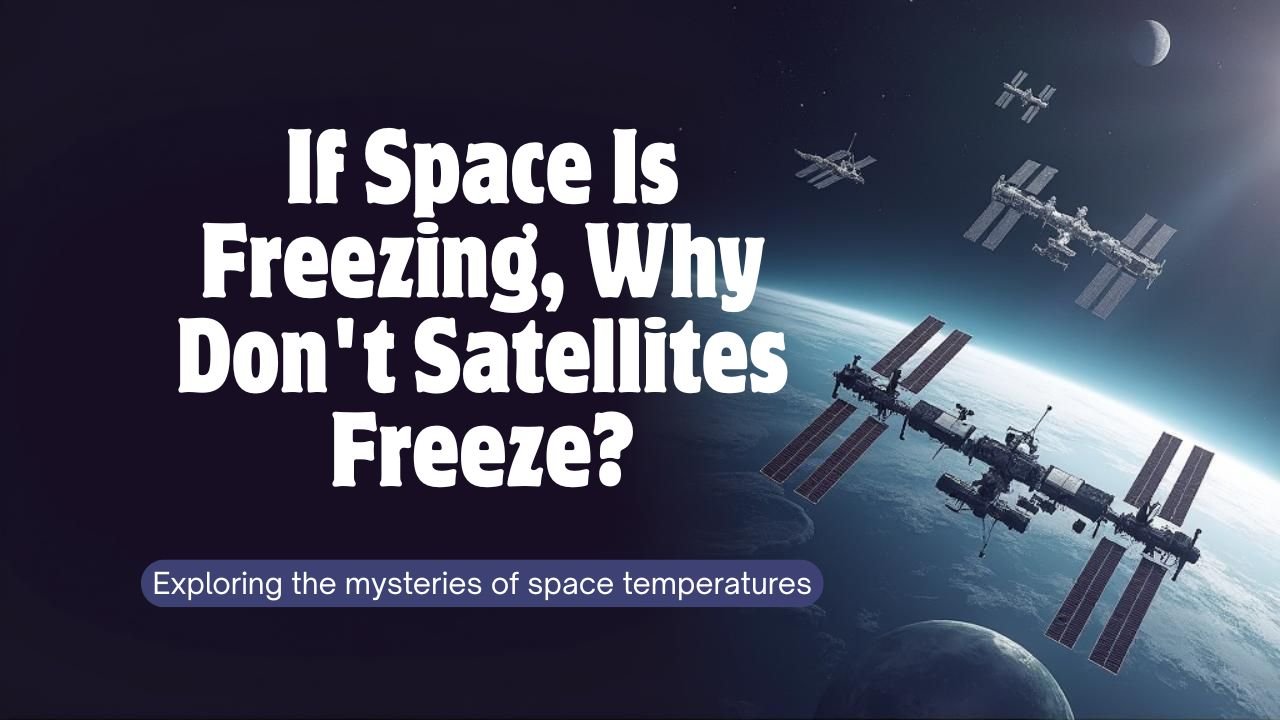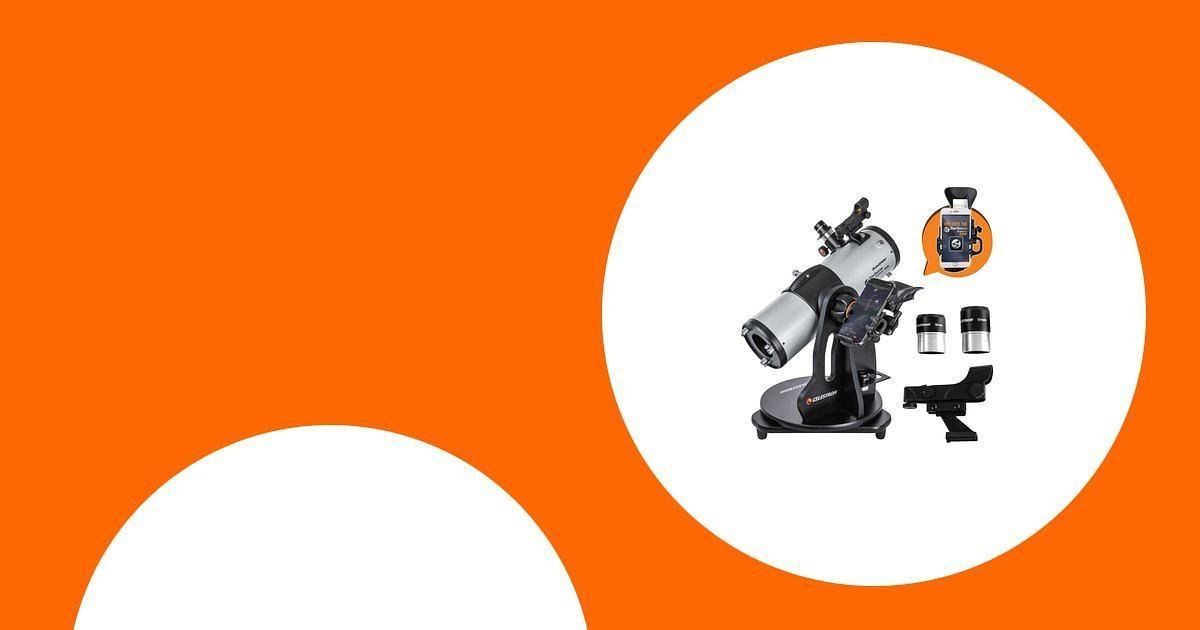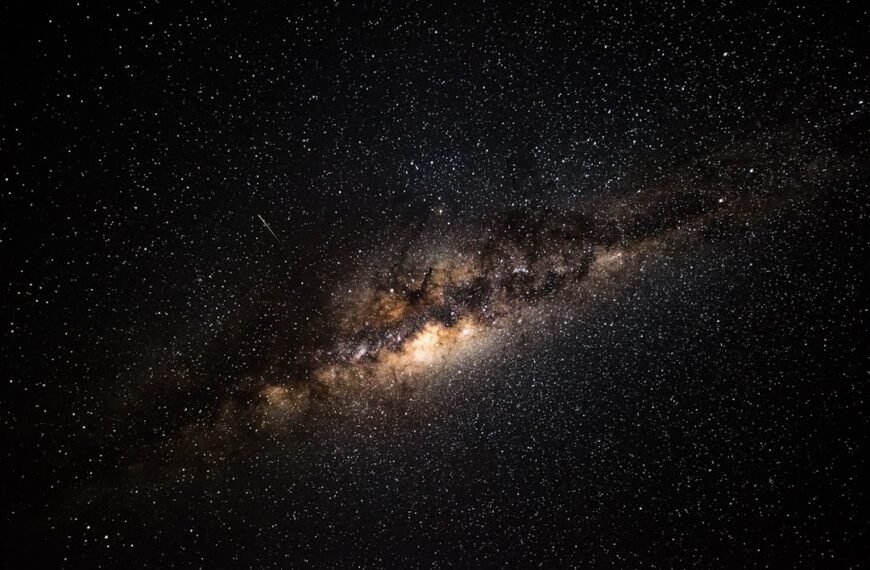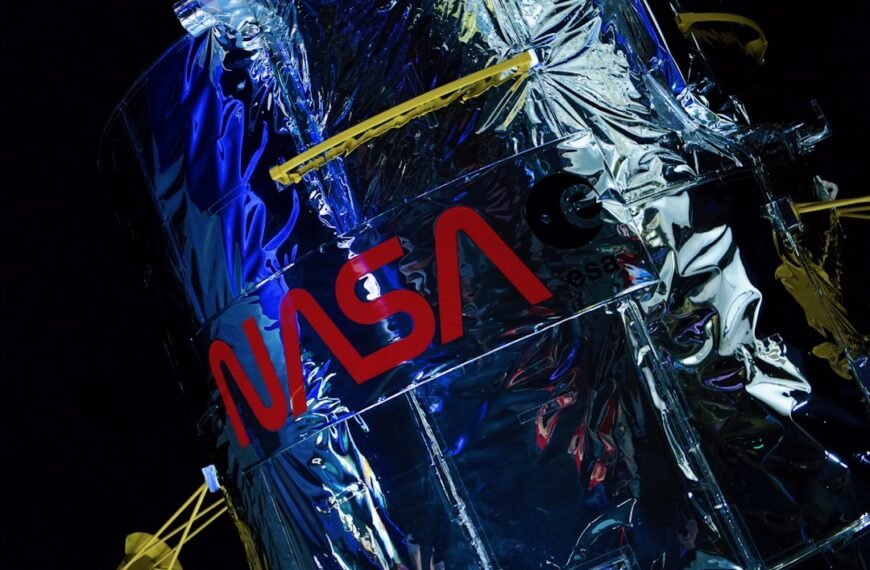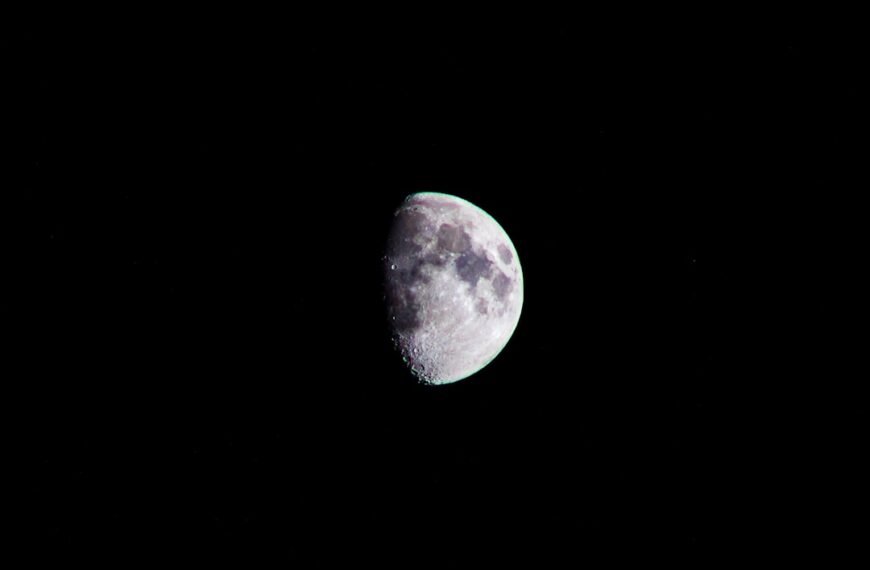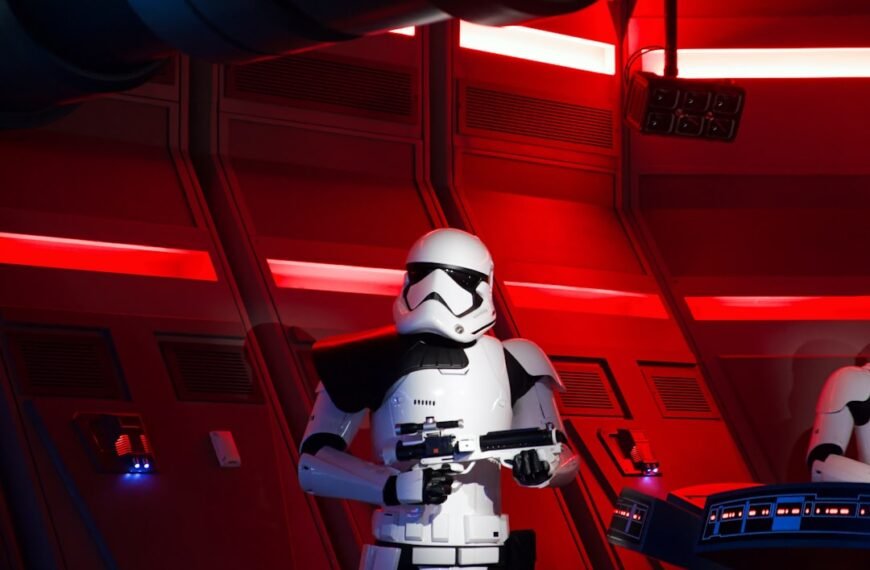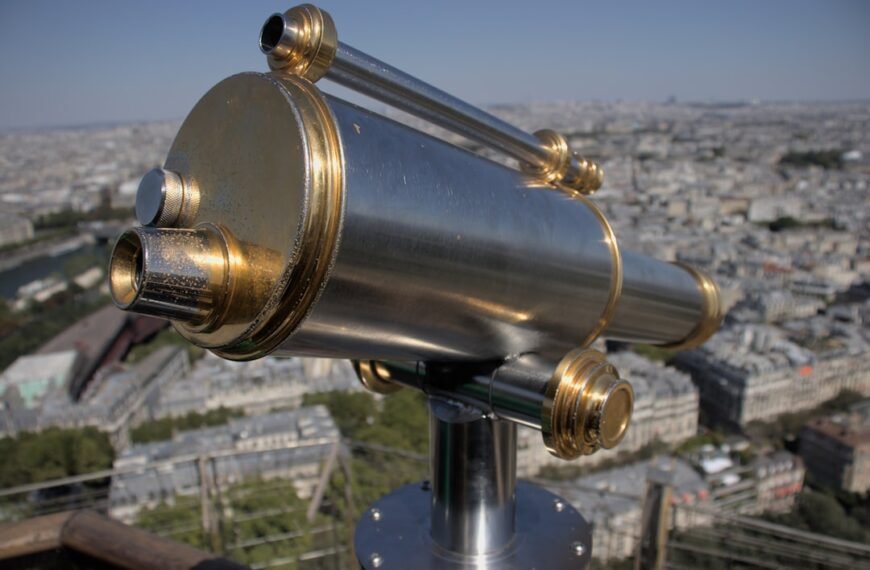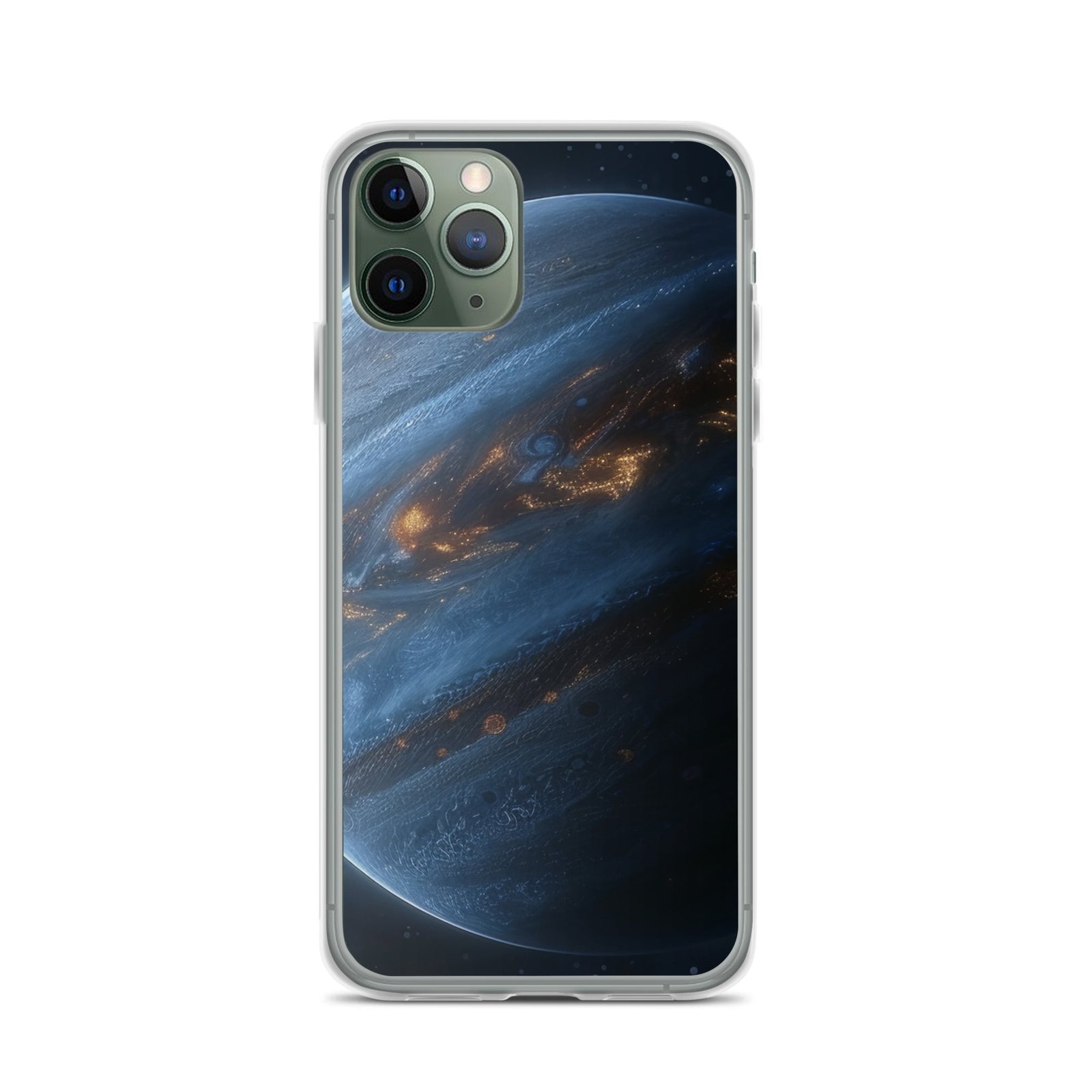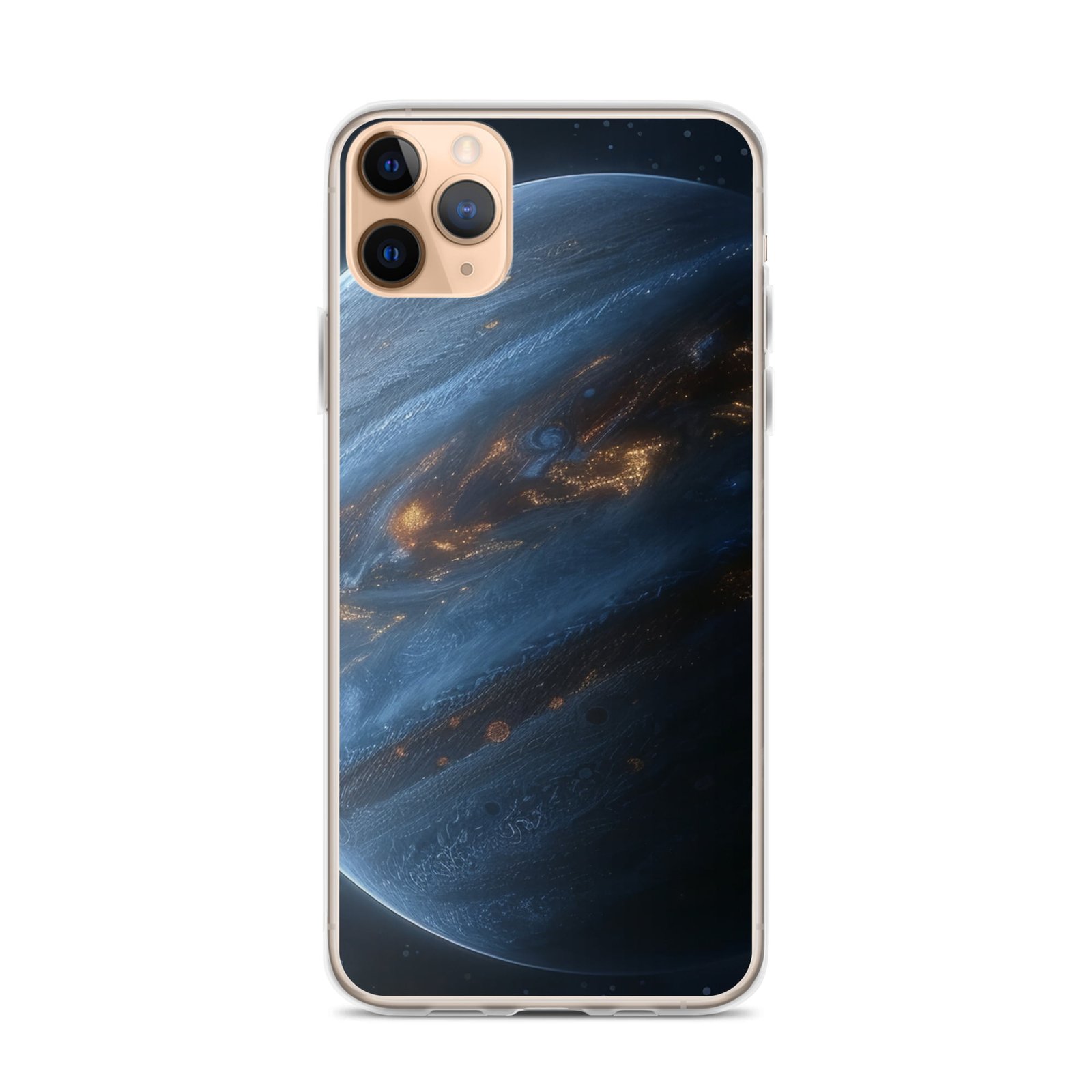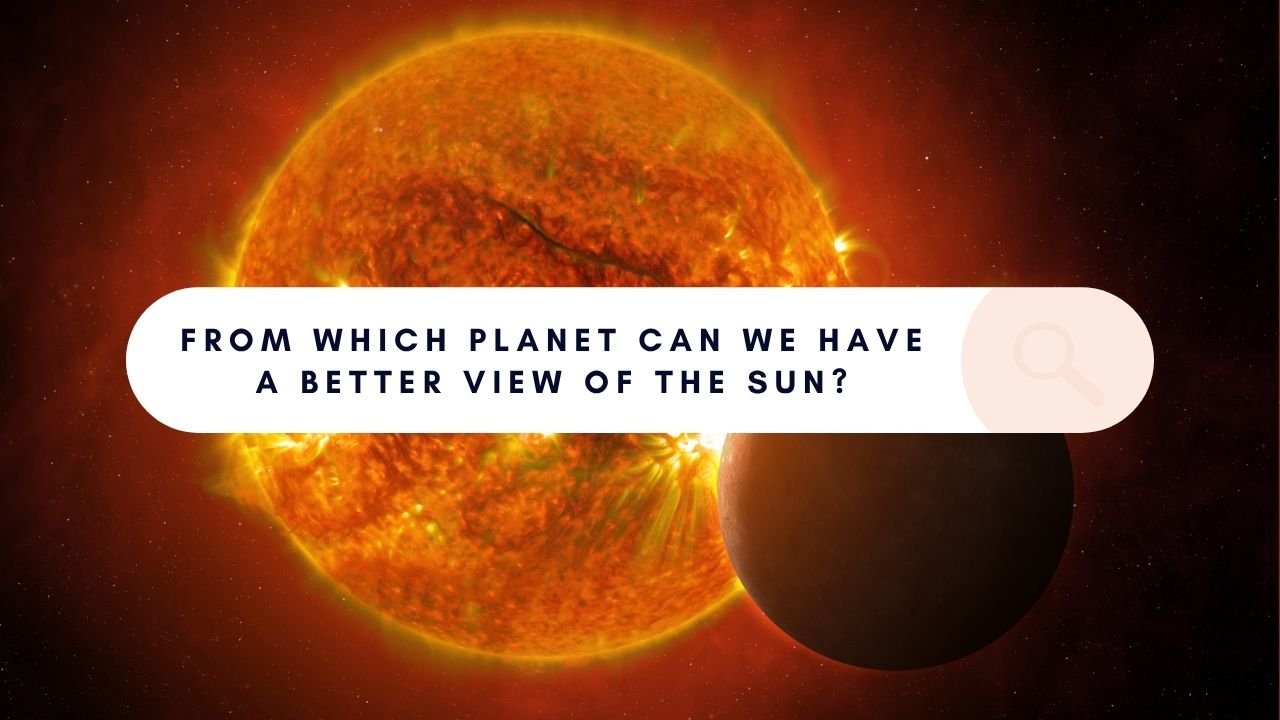🚀 Key Takeaways
- Space is not cold in the way we experience it on Earth; it’s a vacuum where heat transfer happens only via radiation.
- Satellites and the ISS avoid freezing (or overheating) using advanced space thermal control systems.
- These systems include both passive methods (insulation, surface coatings, radiators) and active methods (pumped fluid loops, electric heaters, louvers).
- Thermal management is critical for performance, component longevity, and astronaut safety.
- The ISS has one of the most complex and successful thermal control systems ever engineered, using water and ammonia loops to keep interior temperatures stable.
- Ideals Learning Gift for Teenagers and Students: 1:64 000 000 high-definition geographic map with English remark, 360° r…
- Educational Value: Not only a globe, but also a building set. With 657 pieces to assemble, this building set offers an e…
- Dual Illumination: Enhance the visual appeal with two illumination modes – a warm glow simulating Earth’s night lights a…
- Uncle Brick bringing you the latest space series building block sets,Interstellar space station sets,He is an important …
- Power motor drives rotation: This space station spaceship Innovative three-stage rotating structure design with built-in…
- Exclusive nameplate and special bracket: The unique customized nameplate and exclusive stand not only enhance the collec…
What Does “Cold” Mean in Space?
Space is often portrayed as an endlessly cold void, but the concept of “cold” is different in space than on Earth. On Earth, we feel cold due to heat loss through conduction (direct contact) and convection (moving air or water). But in space, there is no air or matter to carry heat away—only radiation matters.
Key Concept: In space, you only lose or gain heat via radiation. No air means no conduction or convection.
So, while the cosmic microwave background temperature is around -270°C, that doesn’t mean objects instantly freeze. What matters is their exposure to radiation (especially sunlight) and how they manage that energy.
How Heat Transfers in Space
| Heat Transfer Type | On Earth | In Space |
|---|---|---|
| Conduction | Common (e.g. touching a hot pan) | Only within spacecraft materials |
| Convection | Common (e.g. air currents, boiling water) | Not possible in vacuum |
| Radiation | Moderate (e.g. sunlight, fires) | Dominant mode of heat transfer |
Radiation works both ways. Satellites absorb heat from the Sun and emit infrared energy into the cold void. The balance between these determines their temperature.
External and Internal Heat Sources
☀️ External Sources
- Solar Radiation: Intense, direct energy from the Sun
- Earth’s Albedo: Reflected sunlight from clouds, ice, and surface
- Earth’s Infrared Radiation: Heat radiated from the Earth itself
🔋 Internal Sources
- Electronic Components: Computers, comms systems, sensors
- Power Systems: Batteries, converters, solar panel electronics
- Crew Metabolism (for ISS): Astronauts produce body heat
Even without the Sun, internal electronics and batteries generate significant heat that must be managed.
Why Satellites and the ISS Don’t Freeze: Thermal Control Systems
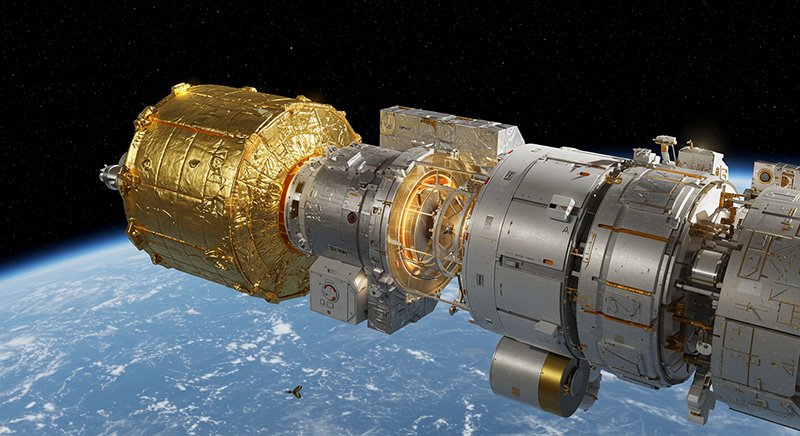
What Is a Space Thermal Control System?
A space thermal control system (TCS) manages heat flow to keep every component of a spacecraft within its safe operating temperature range. TCS ensures things don’t freeze in the dark or overheat in the Sun.
There are two categories:
🔹 Passive Thermal Control
Relies on materials and design. No power required.
Examples:
- Multi-Layer Insulation (MLI): Reflects sunlight and traps internal heat (the gold/silver foil look)
- Thermal Coatings: Paints or tapes with specific reflective/emissive properties
- Heat Pipes: Moves heat from hot to cool areas
- Radiator Panels: Releases excess heat into space
- Barbecue Roll: Spacecraft slowly rotate to spread heating evenly
🔸 Active Thermal Control
Uses power to actively regulate temperature.
Examples:
- Electric Heaters: Prevent freezing during long shadow periods
- Pumped Fluid Loops: Circulate coolant to remove heat from electronics
- Louvers: Vents that open/close to adjust radiative heat loss
- Thermoelectric Coolers: Localized cooling for sensitive instruments
Real-World Example: The International Space Station
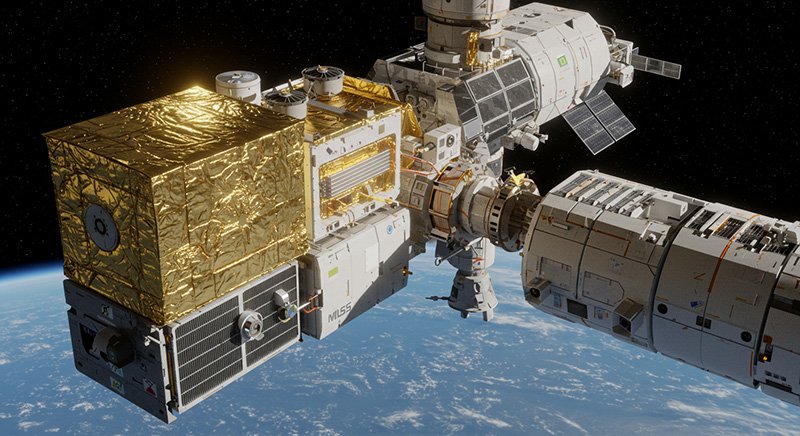
The ISS orbits Earth every 90 minutes. That means sunlight and shadow alternate quickly, exposing it to rapid temperature swings from +121°C to -157°C.
ISS Thermal Control Architecture
| Subsystem | Fluid | Purpose |
| IATCS (Internal Active TCS) | Water | Absorbs heat from cabin, electronics |
| EATCS (External Active TCS) | Ammonia | Dumps collected heat into space |
| PVTCS | Ammonia | Cools solar panel electronics |
Additional components:
- Radiators: Large white panels that radiate waste heat
- TRRJ (Rotary Joints): Rotate radiators to optimize heat rejection
- Heaters: Ensure critical components don’t freeze in eclipse
The ISS keeps crew quarters at a comfortable 18–24°C despite the exterior swinging between extreme temperatures.
Why Precision Matters: The “Goldilocks Zone” of Temperature
All spacecraft components have narrow temperature limits:
| Component | Safe Operating Range |
| Batteries | -5°C to 20°C |
| Cameras | -30°C to 40°C |
| Solar Arrays | -150°C to 100°C |
| Human Habitat (ISS) | 18°C to 24°C |
If a battery freezes or overheats, it could permanently lose function. If a telescope mirror warps due to uneven heat, it might distort valuable science data. That’s why precise thermal control is mission-critical.
Thermal Design Challenges in Space
- Day/Night Cycling: LEO satellites face a hot-cold transition every 45 minutes
- Power Fluctuations: Internal heat loads vary depending on task and equipment
- Orbital Differences: LEO vs GEO vs Deep Space means different design strategies
- Longevity: ISS is running over 20 years and still needs to maintain stable temps
Final Thoughts | It’s Not About the Cold. It’s About the Balance.
The reason satellites and the ISS don’t freeze isn’t because space isn’t cold — it’s because they are designed to manage heat perfectly.
Through smart use of passive materials, fluid loops, sensors, and feedback systems, modern spacecraft maintain a “just right” internal climate no matter what the universe throws at them.
Next time you see a satellite wrapped in gold foil or white panels, know this: it’s not for show. It’s science and engineering keeping it alive in the thermal chaos of space.
📚 References
- NASA Thermal Control Overview
- ESA Science & Tech
- MIT OpenCourseWare: Space Systems Engineering Lectures
- Journal of Spacecraft and Rockets (AIAA)
- ISS System Reference Guide

